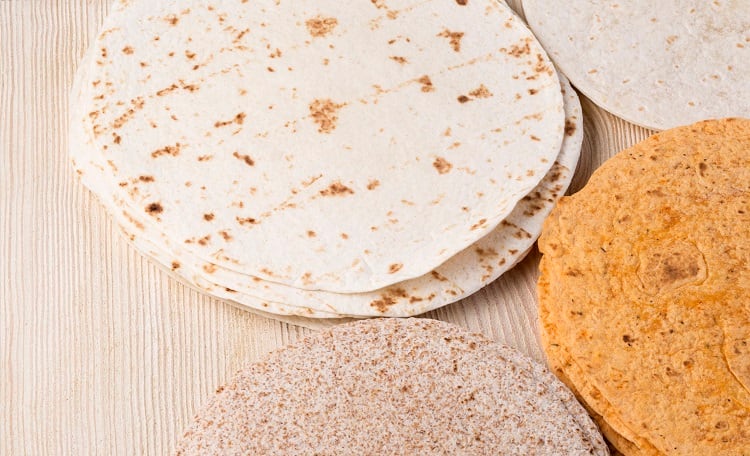Writing in Antioxidants, the team from the Technological University of Camargo and Center for Research in Food and Development in Mexico characterized 11 common bean (Phaseolus vulgaris L.) varieties grown using traditional methods in the southern state of Oaxaca. Funded by the National Science and Technology Council of Mexico CONACyT, the research formed part of a wider call to investigate crop biofortification potential to combat malnutrition and ensure food security in Mexico.
“Overall, there is limited information about the characterization of bioactive compounds, antioxidant capacity, and mineral content present in a different variety of beans in Mexico, due to the great agrobiodiversity,” the researchers wrote.
“As such, the aim of the current study was to characterize the mineral content, bioactive compounds, and their antioxidant activity in bean varieties produced in the state of Oaxaca (México) with the purpose of selecting varieties that have a potential of being bio-fortified with micronutrients.”
'Outstanding varieties'
Results showed a “significant difference” between 11 bean varieties harvested in Oaxaca, México.
“The analysis found five outstanding varieties with a larger quantity of favorable characteristics on the iron, zinc, protein content, antioxidant capacity and reducing power,” the researchers said.
The Biche bean, for example, was highest in zinc and protein; the Peruano bean was also rich in protein. The Negro Michigan bean was highest in iron; the Sangre de Toro bean was also high in iron and had the most remarkable antioxidant capacity due to a high flavonoid content. The Blanco Michigan bean showed the highest level of reducing power due to its great phenol content.
“The five outstanding bean varieties in the measured compounds are good prospects to be included in the biofortification program, and in this way improve nutrition and food security in vulnerable communities of the urban and rural sector of Oaxaca, Mexico,”
Biofortification
Biofortification is the idea of breeding crops to increase their nutritional value, done either through conventional selective breeding or through genetic engineering. Several successful biofortifcation programs have already been implemented worldwide, including HarvestPlus that seeks to improve nutrition and public health through biofortified staple foods.
the researchers wrote.
Malnutrition affected more than one billion people worldwide, they said, and in Oaxaca Mexico, 69.5% of the population lived in poverty and social inequality.
“From this percentage of the population, it is in rural communities where the most serious cases of malnutrition exist. National institutions have calculated that more than 17,000 children are malnourished. The main causes, which have triggered the increase in these indexes, include the limited access to nutritious foods with high nutraceutical quality. These limitations are added to factors related to excess weight and obesity, specifically in urban settings, because of an excessive consumption of calories and low energetic consumption.”
Breaking down nutritional potential
Among the beans studied, the researcher said physicochemical content also varied significantly, with fiber concentrations ranging between 1.40% to 3.21%; protein content from 21.5% to 26.6%; fat levels between 0.79% and 1.68%; and carbohydrates from 54.4% to 57%.
In terms of antioxidant capacity, the beans could be classified into three main groups: high levels, medium levels and low levels. Just four beans were classified as containing high levels of antioxidant capacity: Sangre de Toro (82.1%), Blanco Michigan (81.8%) , Pinto americano (80.6%), and Flor de Mayo (79.1%). “It is important to note the similarity between these varieties regarding the protein value, where the Sangre de Toro variety has 24.8%, followed closely by the Blanco Michigan (23.0%), Pinto Americano (23.0%), and Flor de Mayo (23.1%) varieties,” the researchers added.
Across the 11 bean varieties, no significant difference was found in flavonoid content but a significant difference was observed in total phenols and anthocyanins, they said. Total phenol content present in the beans, for example, ranged from 58.98 to 109.54 mg Gallic Acid/g and values for anthocyanins from 0.39 mg/g of extract to 2.33 mg/g.
Source: Antioxidants
Published January 2019; doi: 10.3390/antiox8010026
Title: “Characterization of bioactive compounds, mineral content, and antioxidant activity in bean varieties grown with traditional methods in Oaxaca, Mexico”
Authors: KV. Armendariz-Fernandez; IM. Herrera-Hernandez; E. Munoz-Martquez; and E. Sanchez




